Big cats are among the most fascinating creatures on Earth, not only because of their majestic appearance but also due to their mesmerizing vocalizations. Each species of big cat has a unique way of communicating with the world around it. Understanding these differences can provide insight into their behavior, social structures, and even evolutionary pathways.
The Science Behind the Roar
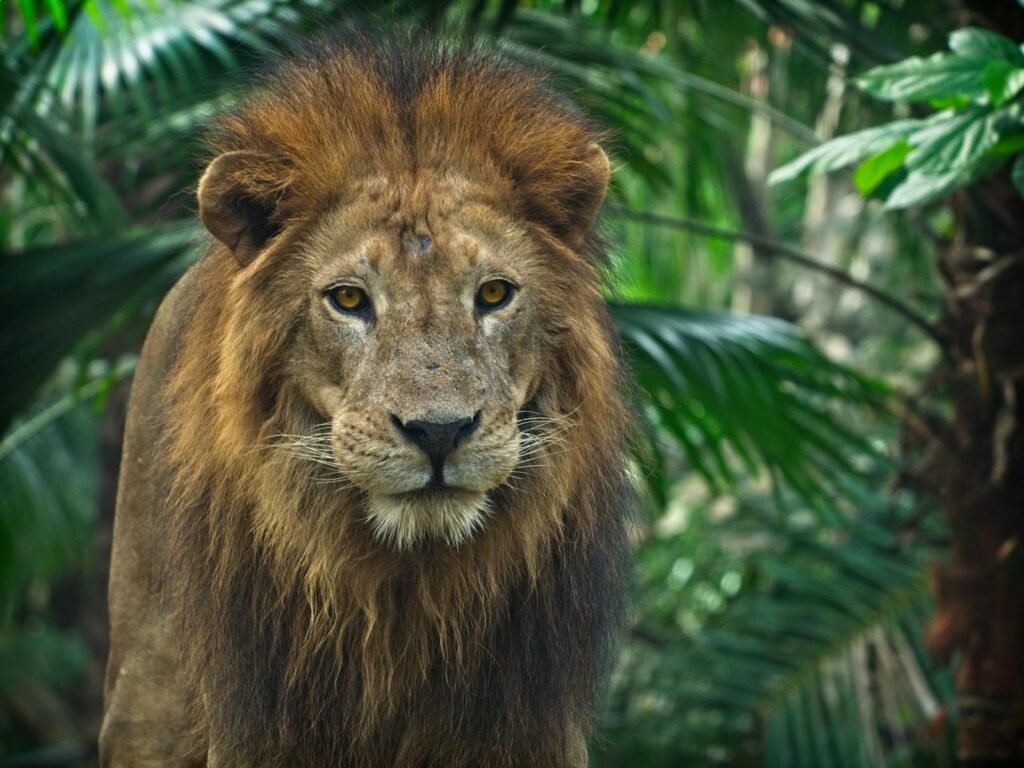
The ability to roar is primarily due to the anatomy of the vocal cords and the structure of the larynx. In big cats, the elastic ligaments that form the vocal cords are thicker and more flexible than those in other animals. This allows them to produce the low-frequency sounds that we recognize as a roar.
What is a Roar?
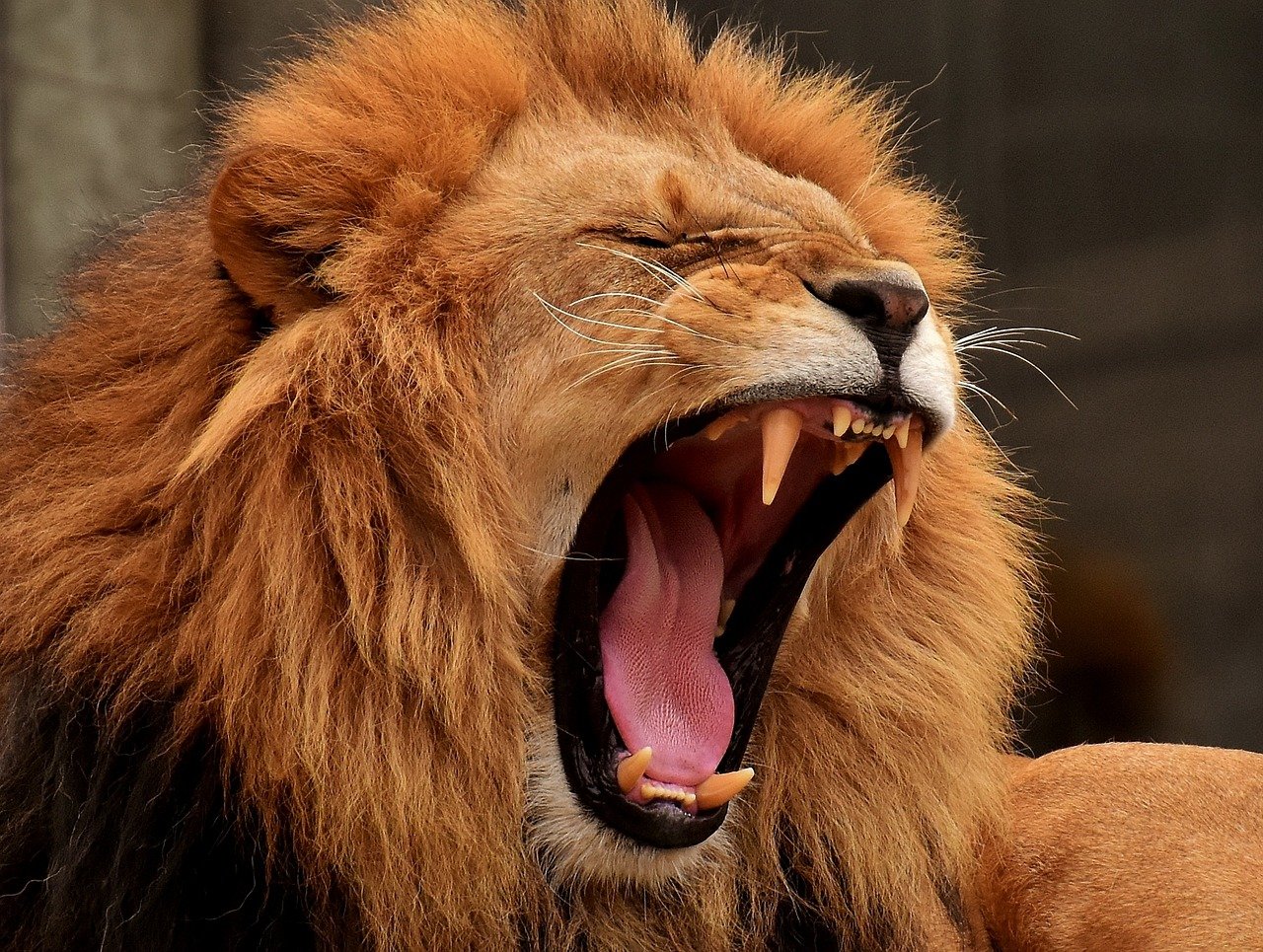
A roar can be defined as a loud, deep, and resonant sound produced by some members of the cat family. It is primarily used for communication, expressing dominance, warning adversaries, or attracting mates. Roaring is unique to only a few species within the Panthera genus.
The Lions’ Mighty Roar
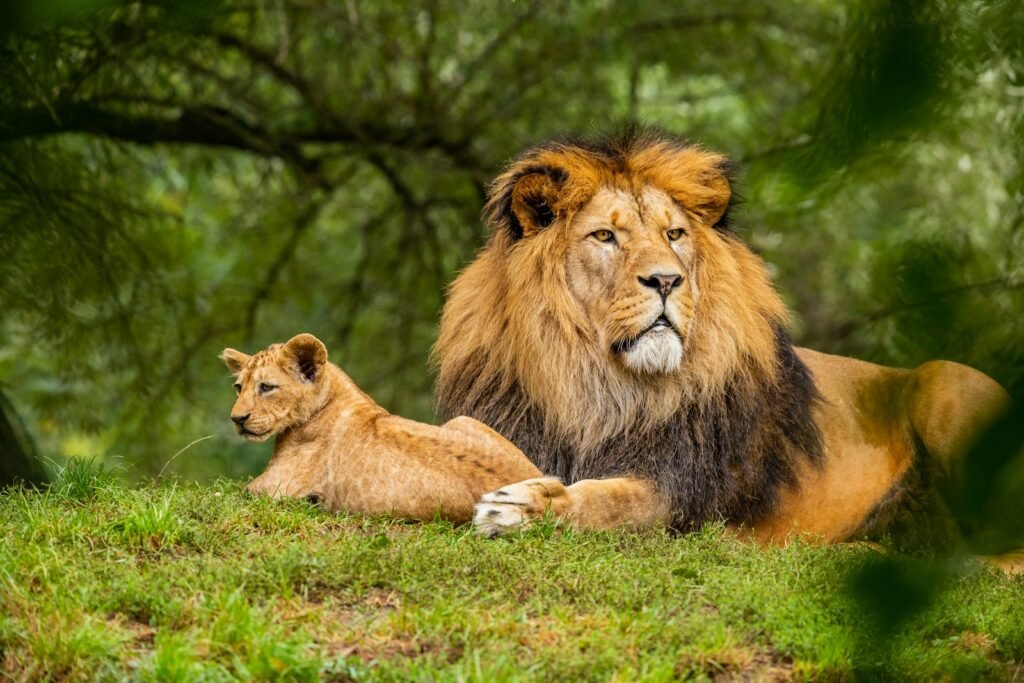
Lions are perhaps the most famous for their roar, which can be heard up to five miles away. Their roar serves multiple purposes: it is a territorial call to warn other lions and predators, a way to locate pride members, and a demonstration of strength. Lions usually roar at night, strengthening social bonds within the pride.
The Leaping Leopards’ Roar
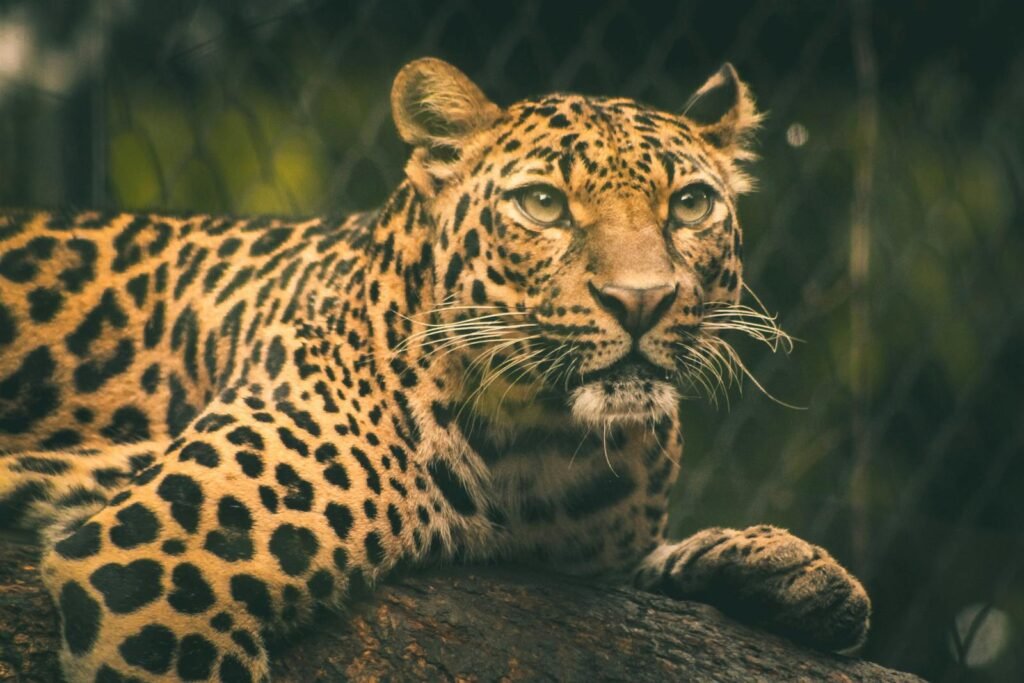
Leopards have a distinct roar that is often described as a sawing sound, akin to the noise of someone cutting through wood. This “coughing” roar is repetitive and used both to establish territory and as a mating call. Leopards, like other big cats, utilize their vocal talents to maintain their solitary lifestyles effectively.
Tigers: A Roar That Chills the Air
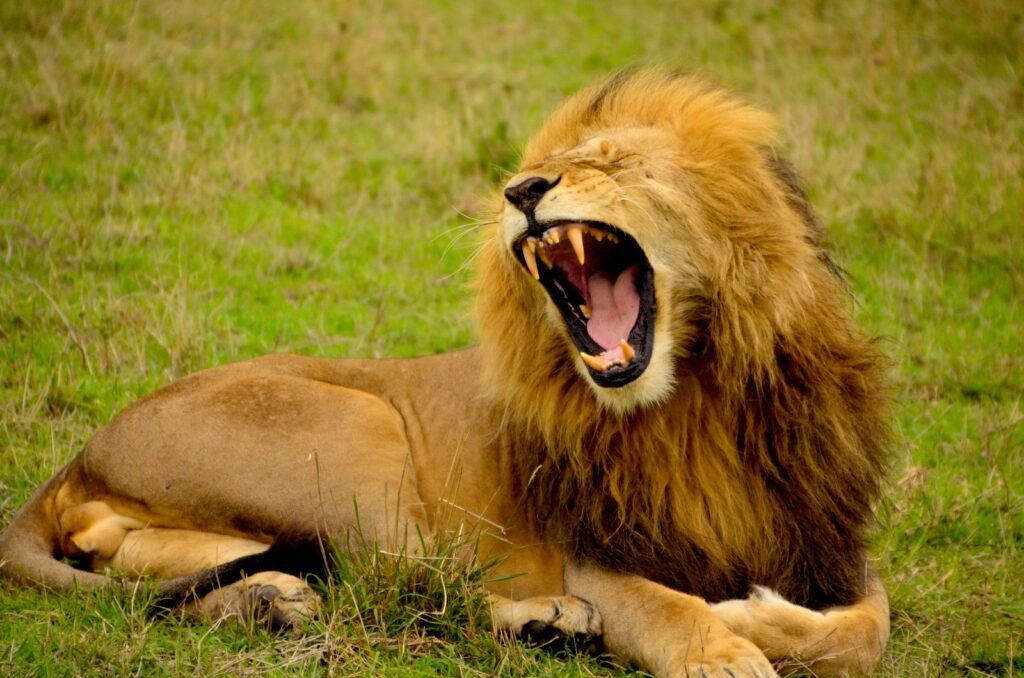
Tigers have a rich vocal range, but their roar stands out due to its force and variation. Unlike lions, who roar in repeated bursts, a tiger’s roar has a shorter duration but can be equally powerful. Tigers use their roar predominantly for communication over long distances, often signifying territory boundary or calling for mates.
Jaguars: Mysterious Yet Powerful Roar
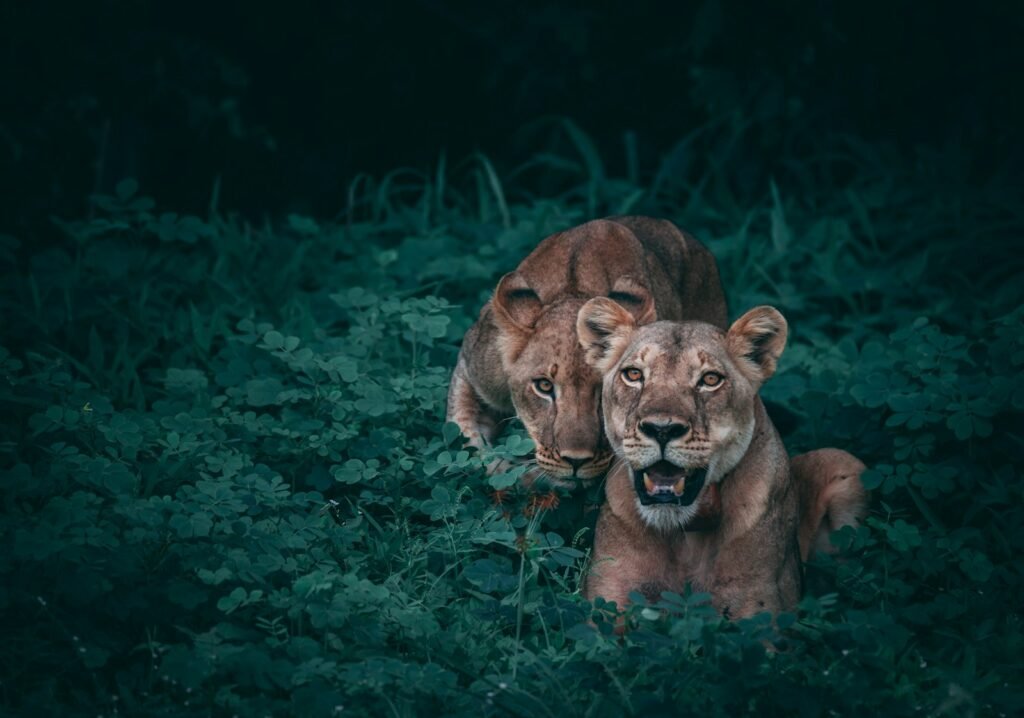
The roar of a jaguar is less frequent compared to that of lions or tigers. However, when a jaguar does roar, it is a powerful growl that travels far through their forest and jungle habitats. Jaguars also produce a series of grunts when communicating with one another at close range.
Cougar Vocalizations: The Absence of Roar
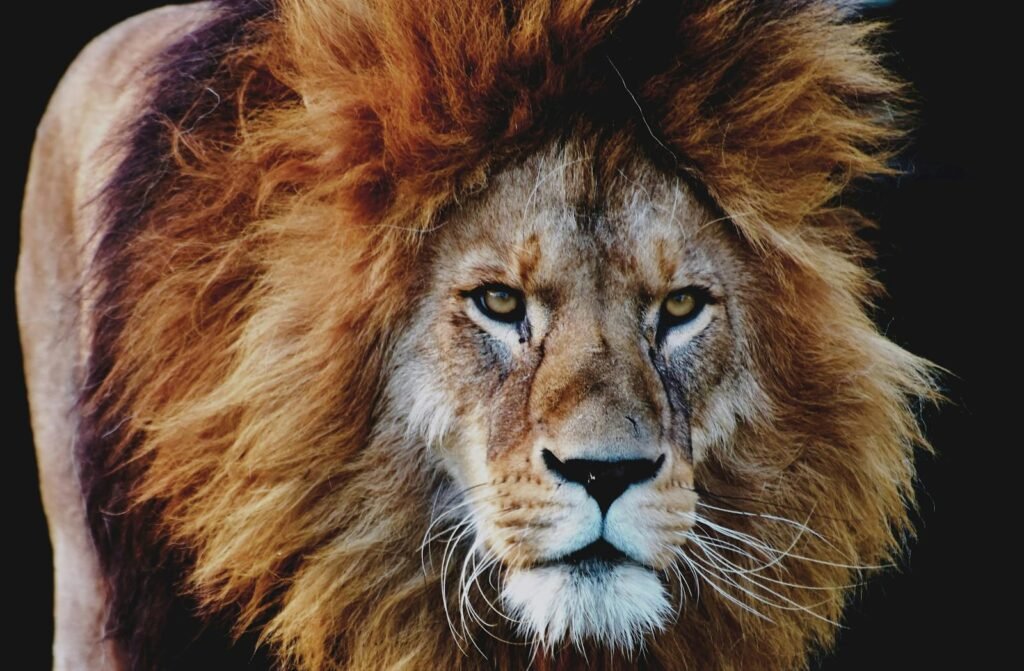
Though not labeled as a “big cat” by some definitions due to their inability to roar, cougars, or mountain lions, have their own range of vocalizations. They communicate through growls, hisses, and sometimes even a scream-like call. While they lack the structural adaptations to roar, they are vocal in their own right.
Why Can’t All Big Cats Roar?

The ability to roar is specifically linked to anatomical changes in the larynx and vocal folds. While all big cats belong to the subfamily Pantherinae, not all species have evolved the physical structures necessary for roaring. This difference likely arose due to varying environmental and social pressures leading to divergent evolutionary paths.
The Role of Roaring in Conservation
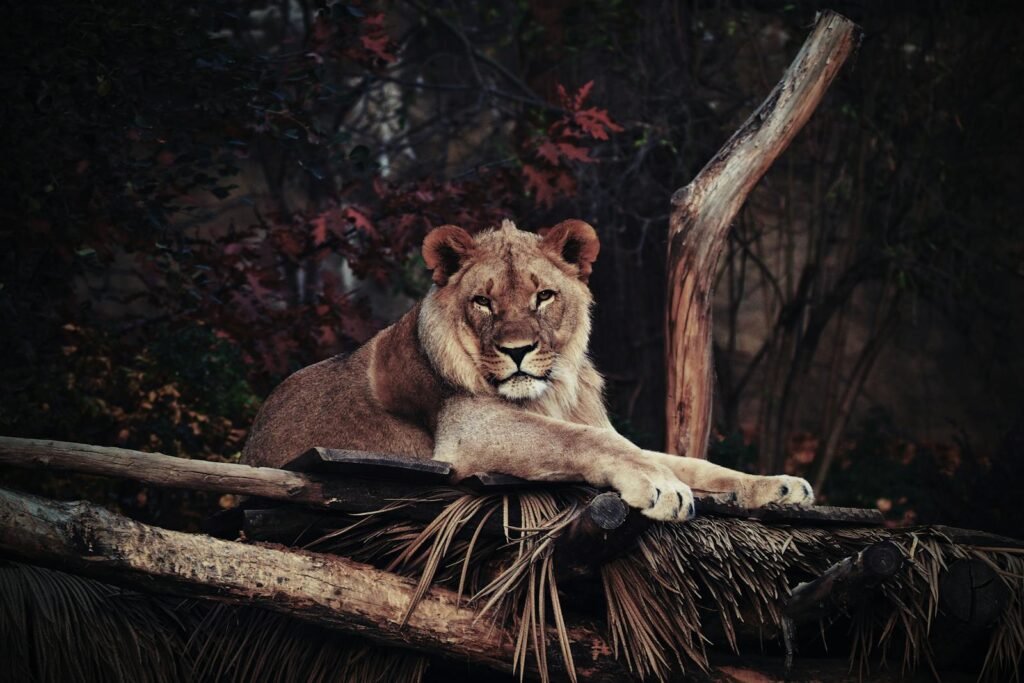
Understanding the vocalizations of big cats is crucial for conservation efforts. For instance, monitoring roars can help estimate population sizes and track movements, which is particularly valuable for endangered species. Conservationists can use audio technology to gather data in environments where direct observation isn’t feasible.
The Future of Big Cat Communication
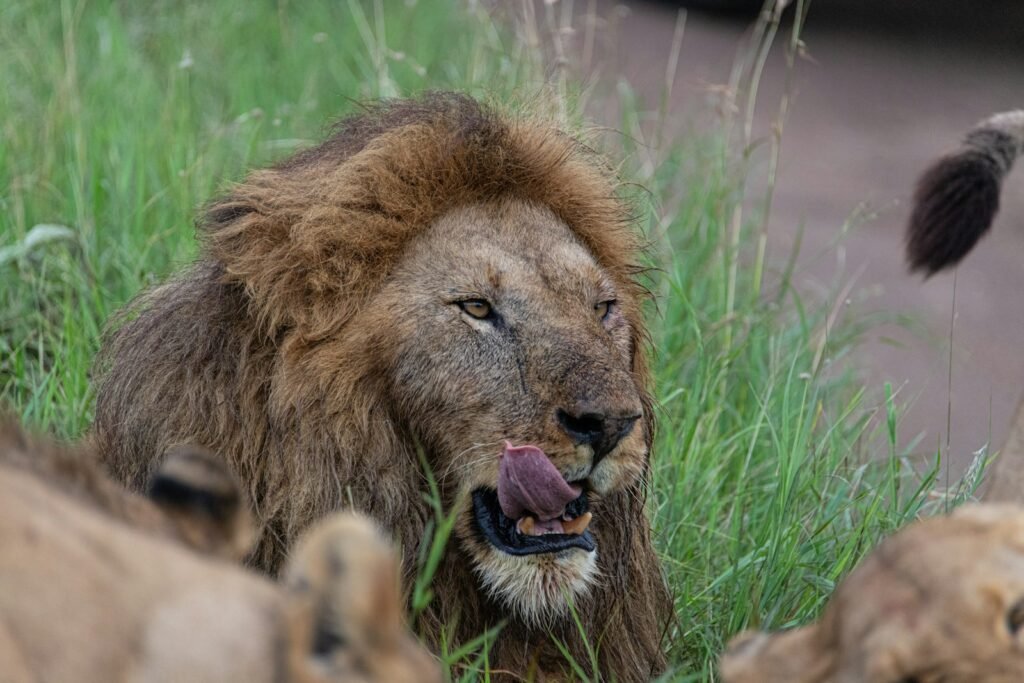
Research continues to unlock the mysteries of big cat communication. Scientists employ cutting-edge technologies such as bioacoustic monitoring to gain deeper insights. As conservation challenges intensify, understanding these vocalizations is imperative to developing strategies that support these majestic cats and their habitats.
In conclusion, while the mighty roars of big cats serve as a testament to their power and majesty, they also offer a window into their unique social structures and environmental adaptations. Whether it’s the lion’s commanding bellow, the tiger’s chilling roar, or the jaguar’s deep growl, each vocalization speaks to the incredible diversity and complexity of these remarkable animals.
Hi, I’m Bola, a passionate writer and creative strategist with a knack for crafting compelling content that educates, inspires, and connects. Over the years, I’ve honed my skills across various writing fields, including content creation, copywriting, online course development, and video scriptwriting.
When I’m not at my desk, you’ll find me exploring new ideas, reading books, or brainstorming creative ways to solve challenges. I believe that words have the power to transform, and I’m here to help you leverage that power for success.
Thanks for stopping by, Keep coming to this website to checkout new articles form me. You’d always love it!






